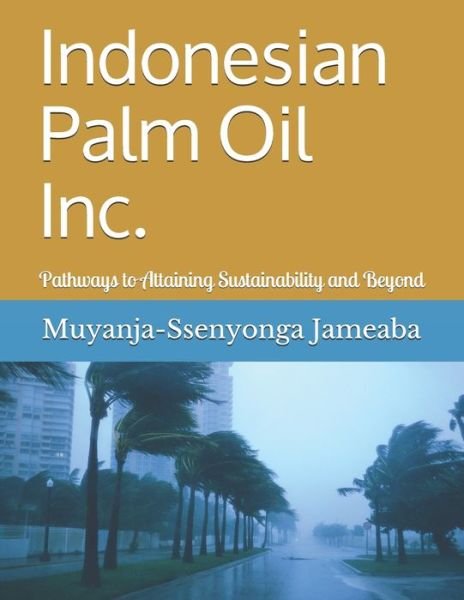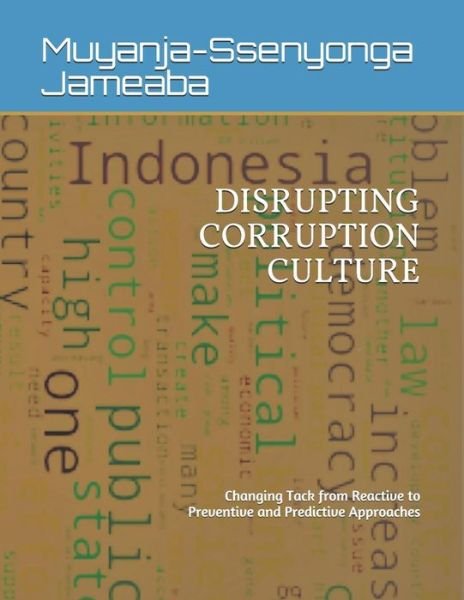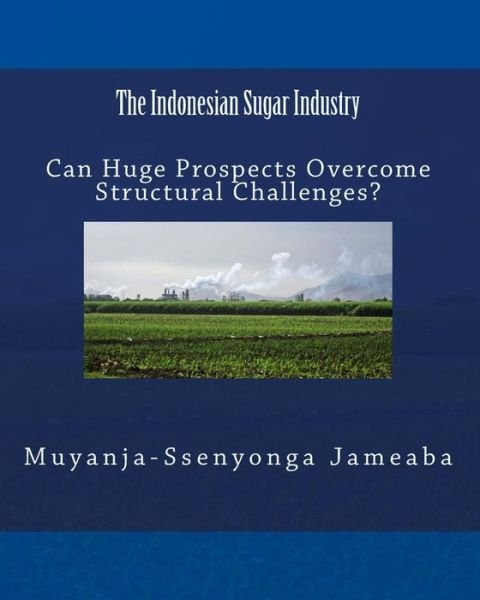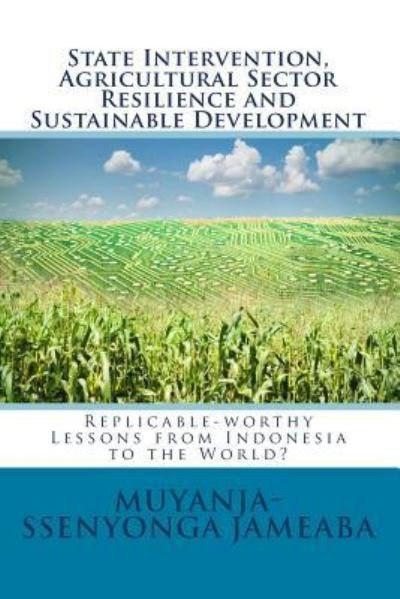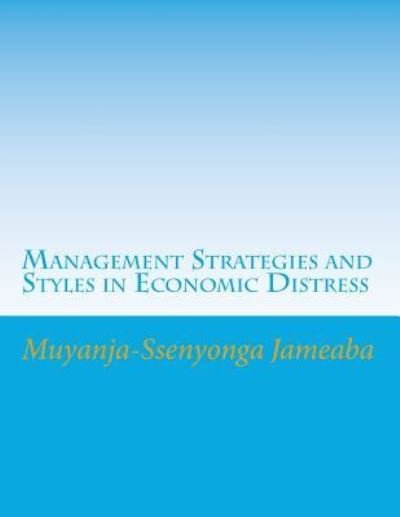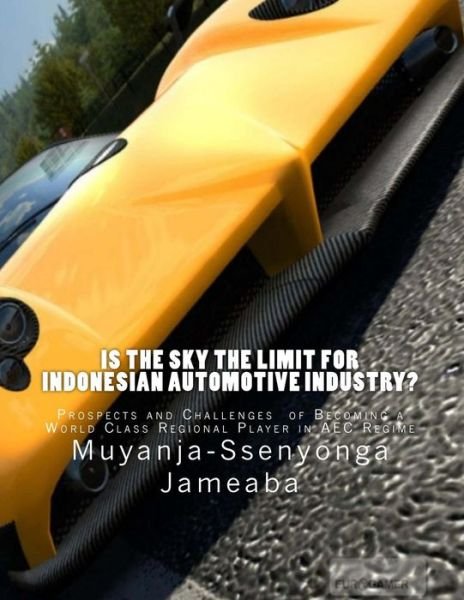
Tell your friends about this item:
Is the Sky the Limit for Indonesian Automotive Industry?: Prospects and Challenges of Becoming a World Class Regional Player in Aec Regime
Muyanja-ssenyonga Jameaba
Is the Sky the Limit for Indonesian Automotive Industry?: Prospects and Challenges of Becoming a World Class Regional Player in Aec Regime
Muyanja-ssenyonga Jameaba
Publisher Marketing: The Indonesian automotive industry has a lot of unexploited potential that makes it an extremely attractive investment in both the short term and long term. Favorable factors encompass but by no means limited to, a large, largely young population (254 million), expanding GDP growth that is contributing to rising incomes and middle income class, low automotive ownership, low production cost economy, abundant natural resources that range from gold, bauxite, iron ore, natural gas, coal, one of the World's longest coastlines, virgin rain and peat forests; stable macroeconomy as reflected in stable economic growth, relatively tamed inflation, low interest rate); sound banking sector with CAR above 19 %, healthy NPL, strong liquidity, buoyant stock and securities markets, conducive investment climate put in place by business friendly government trade, industrial relations, and taxation policies, all of which have invariably contributed to the fueling robust growth and development of the automotive industry and ASEAN'S largest economy. Indonesian automotive industry sales hit the 1.2 million unit mark in 2014, a remarkable achievement that is attributable to strong and robust economic growth, strong consumer confidence, and rapid growth in auto and component sales. Indonesia is projected to produce 1.610 million four wheeled vehicles, and 7.031 million motorcycles by 2015, which will rise to 2.593 million four wheelers and 2.593 million motorcycles by 2020 and 4.177 million four wheelers and 7.575 million motorcycles by 2025. The enormous market potential of ASEAN 10 economies with a total population of 600 million, combined GDP of US$1.8 trillion (2011), which is projected to reach US$3 trillion by 2017 thanks to annual growth of 5.8 percent over the coming five year. Located in the Asia pacific region, the World's stable and consistent growth spot over the last few years, makes Indonesia a very attractive market. The strong performance of the Indonesian automotive industry and market is reflected in rising number of four and two wheels on Indonesian streets and roads. The industry posted strong growth of 10 percent during 2007-2011 period, which is reflected in production and sales figures that have registered an upward trend toeing the general performance of the economy. This is indicative of the state of preparedness of the Indonesian automotive industry for ASEAN Economic Community, which is discernible from the country's vast semiskilled and skilled labor; supportive regulatory framework that provides sufficient protection to the domestic automotive product manufacturers from unfair competition from ASEAN and non ASEAN manufacturers (buy Indonesia-product policy, local content requirement, compulsory certification requirements based on Indonesian standards); improvement in government governance as reflected in rising transparency, some major inroads in corruption control, improvement in macroeconomic management which has created a low inflation, stable exchange rate, low national debt to GDP ratio, and capital inflows in ascendancy. This is coupled with the rapid growth of the automotive market, which is supported by high private consumption, low financing cost for vehicle purchases, government commitment to increase investment in infrastructure in the medium and long term, as well as in the multi-trillion dollar Master program for acceleration and expansion of economic development in Indonesia. Considering the highly lucrative and liberalized Indonesian automotive market, rising middle income class that is growing by 10 percent annually, make competition for the Indonesian market among principal manufacturers tough, illuminating, and game-changing for all players in the automotive industry. What is worth noting though is that the rapidly rising export volumes of autos and components underscore the vast but still largely unexploited potential ready for the taking. Contributor Bio: Jameaba, Muyanja-Ssenyonga Muyanja Ssenyonga, is a Researcher/Economist currently completing a three year stint at the Master Program for Public Administration and Policy, Gadjah Mada University. Research interests range from Palm oil development, Food Security-Renewable energy nexus, Financial markets, Industrial Relations, and Corruption, Poverty and Inequality Dynamics. The author has authored books which among others include: Indonesian Sugar Industry, Indonesia Palm Oil Industry, and Impact of rising food prices on poverty in Indonesia.
| Media | Books Paperback Book (Book with soft cover and glued back) |
| Released | January 10, 2015 |
| ISBN13 | 9781505377316 |
| Publishers | Createspace |
| Pages | 272 |
| Dimensions | 216 × 279 × 18 mm · 898 g |
More by Muyanja-ssenyonga Jameaba
See all of Muyanja-ssenyonga Jameaba ( e.g. Paperback Book )


